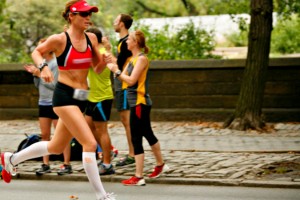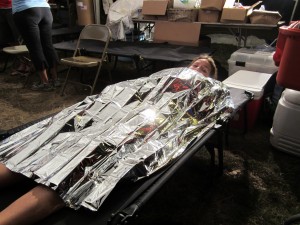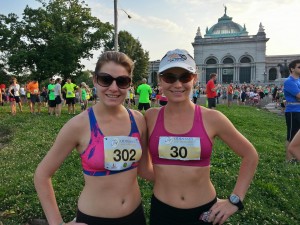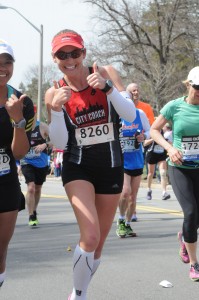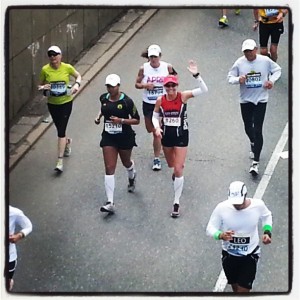As marathon season is upon us, it’s the perfect time to discuss strategies to make those long runs and race day challenge as comfortable as possible. So, let’s talk about those unpleasant, sometimes unavoidable, casualties of running and racing long.
Let’s get nasty:
Blisters can plague you on marathon day, or on those long runs. There is often an easy fix for these painful buggers: running socks. Toss those cotton socks away. If you are still suffering from blisters after making the switch, keep an eye on your shoes. Are they old? Are they the right size?
Chafing. It can happen to anyone, and often occurs due to clothes rubbing against skin, or skin against skin. You wardrobe choice, body type, running form, sweat rate – there are many different factors. Personally, I chronically battle chafing on my sternum, from my sports bra band. I’ve also had it on my arms, from arm sleeves. Bodyglide can help ward off those painful patches of chafing, but in my experience it isn’t always full-proof. Step into the shower, and you’ll often find yourself shrieking!
Bloody nipples plague some male runners. Ladies, luckily this doesn’t happen to most of us! Bloody nipples are caused by the rubbing of your running shirt (more or less like chafing), leaving the nips extremely painful, and often bleeding. Bodyglide can help. Some guys will actually place band aids over their nips pre-race. As I understand it, the pain and recovery time is similar to chafing.
Have you encountered any other kinds of nasty running-related problems? Have you found a solution? Please share with the class!
